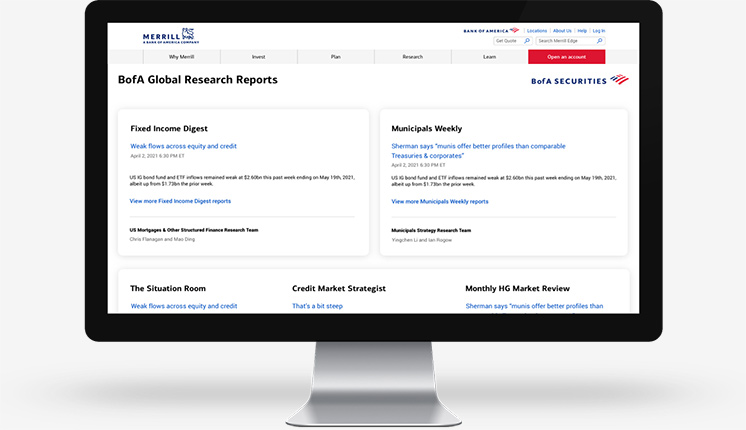Navigating the Rising Yield Environment: Strategies for Fixed Income Investors
Introduction
As bond yields surge amid economic uncertainty, investors face a critical juncture in the fixed income market. In recent weeks, the yield on the 10-year U.S. Treasury has experienced a dramatic rise, climbing from 3.9% to 4.5%—the highest level seen since February 2025. This upward trend is not just a fleeting phenomenon; it reflects broader economic concerns influenced by geopolitical tensions and shifting trade policies. Investors must adapt their strategies to navigate these complexities effectively.

Current Market Dynamics
The surge in U.S. government bond yields has led to increased borrowing costs across various sectors, impacting everything from corporate financing to consumer loans. The recent spike of 0.6%, reflecting the largest weekly increase since 2001, underscores how external factors can significantly influence the bond market.
Key Factors Influencing Yields
-
Economic Uncertainty: The ongoing geopolitical tensions—ranging from U.S.-China trade disputes to domestic economic policies—have led to heightened market volatility. Investors are now demanding higher yields as compensation for perceived risks associated with these uncertainties. This shift is evident as many investors who typically view Treasuries as a safe haven start to reconsider their positions.
-
Investor Sentiment: Historically, U.S. government bonds have been a preferred option during periods of market turmoil. However, the recent volatility has sparked a change in sentiment. Many investors are now in search of higher returns, which can result in reduced demand for Treasuries unless yields rise sufficiently to attract capital.
-
Emerging Market Risks: The strengthening U.S. dollar adds another layer of complexity. As the dollar appreciates, emerging market debts become more challenging to service, leading to increased default risks. This scenario could potentially ripple back into the U.S. bond market as investors seek to understand the impacts on global economic stability.
Strategic Recommendations
Given the current landscape, investors should consider adopting the following strategies to optimize their bond portfolios:
-
Diversification: Allocating investments across various bond sectors—including corporate, municipal, and international bonds—can significantly enhance portfolio resilience. Diversification allows investors to offset risks associated with specific market segments while capitalizing on broader opportunities.
-
Active Management: Implementing active management strategies empowers investors to capitalize on short-term opportunities and adjust their allocations in real-time based on market conditions and economic indicators. In a volatile environment, this proactivity can lead to better risk-adjusted returns.
-
Focus on Quality: Prioritizing investments in high-quality bonds rated AA or above can reduce default risks and enhance stability during periods of heightened uncertainty. These bonds are typically more resilient in a turbulent market, offering some protection against rising yields.
-
Shorter Durations: In a rising yield environment, shorter-duration bonds are generally preferable. These instruments are less sensitive to interest rate changes, providing a more consistent income stream while mitigating capital losses associated with longer-duration bonds.
-
Monitor Economic Indicators: Staying informed about key economic indicators—including inflation rates, currency fluctuations, and geopolitical developments—is critical for making timely investment decisions. This knowledge allows investors to respond effectively to changes that could impact bond valuations.

Conclusion
Navigating the complexities of the current fixed income environment presents both challenges and opportunities for investors. As bond yields continue to rise, those who employ strategic approaches centered on diversification, active management, and quality assurance will be better positioned to weather the storm. Continuous vigilance and adaptability will be essential as the economic landscape evolves throughout 2025.
For investors, the message is clear: staying informed and proactive in adjusting strategies is crucial for capitalizing on the evolving dynamics of the bond market. As demonstrated by the recent spikes in yields, the bond market remains an integral component of portfolio management, especially in turbulent economic times.
References
As the fixed income market continues to adapt, investors who embrace these strategies will likely find themselves more prepared to navigate the challenges ahead.